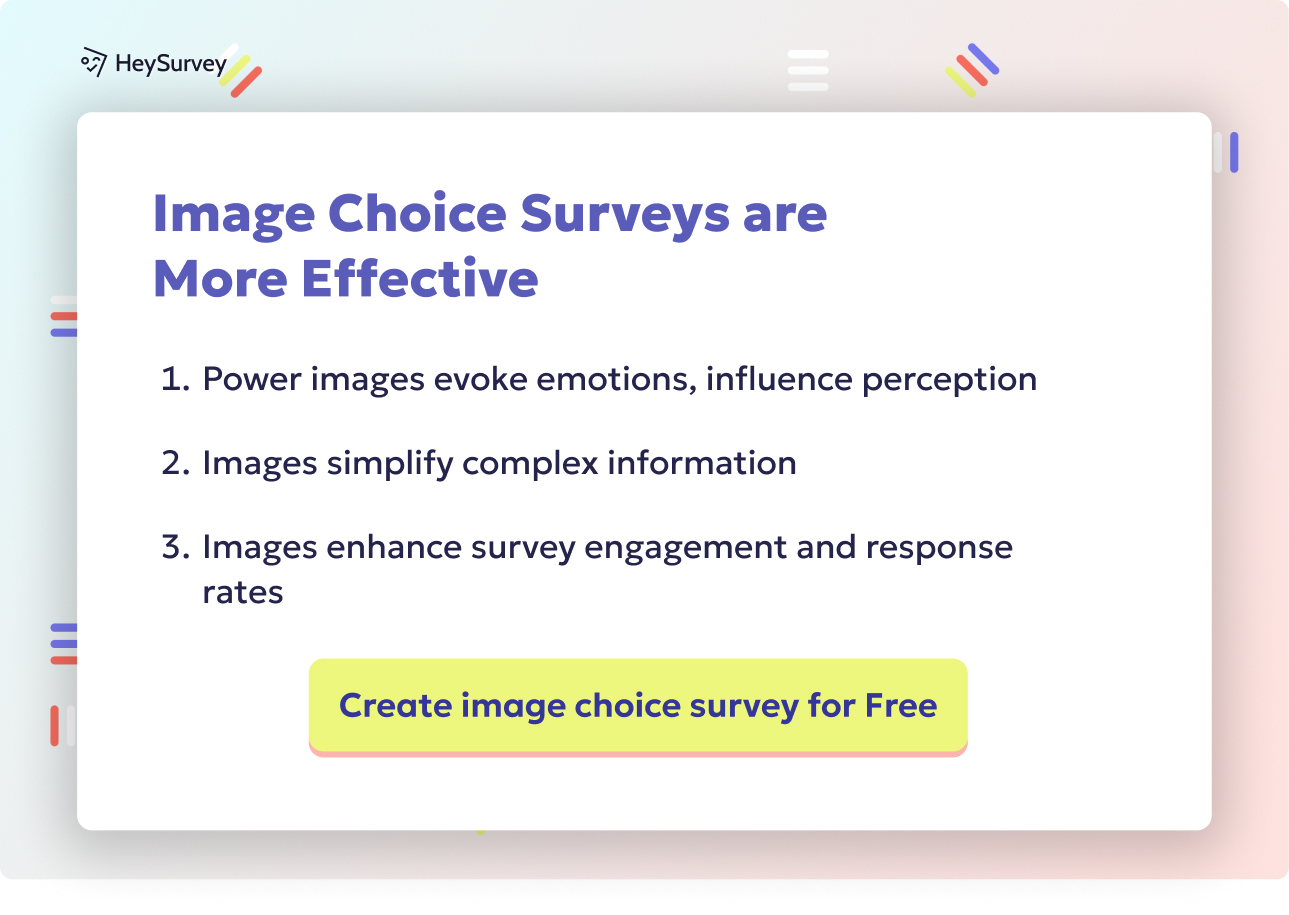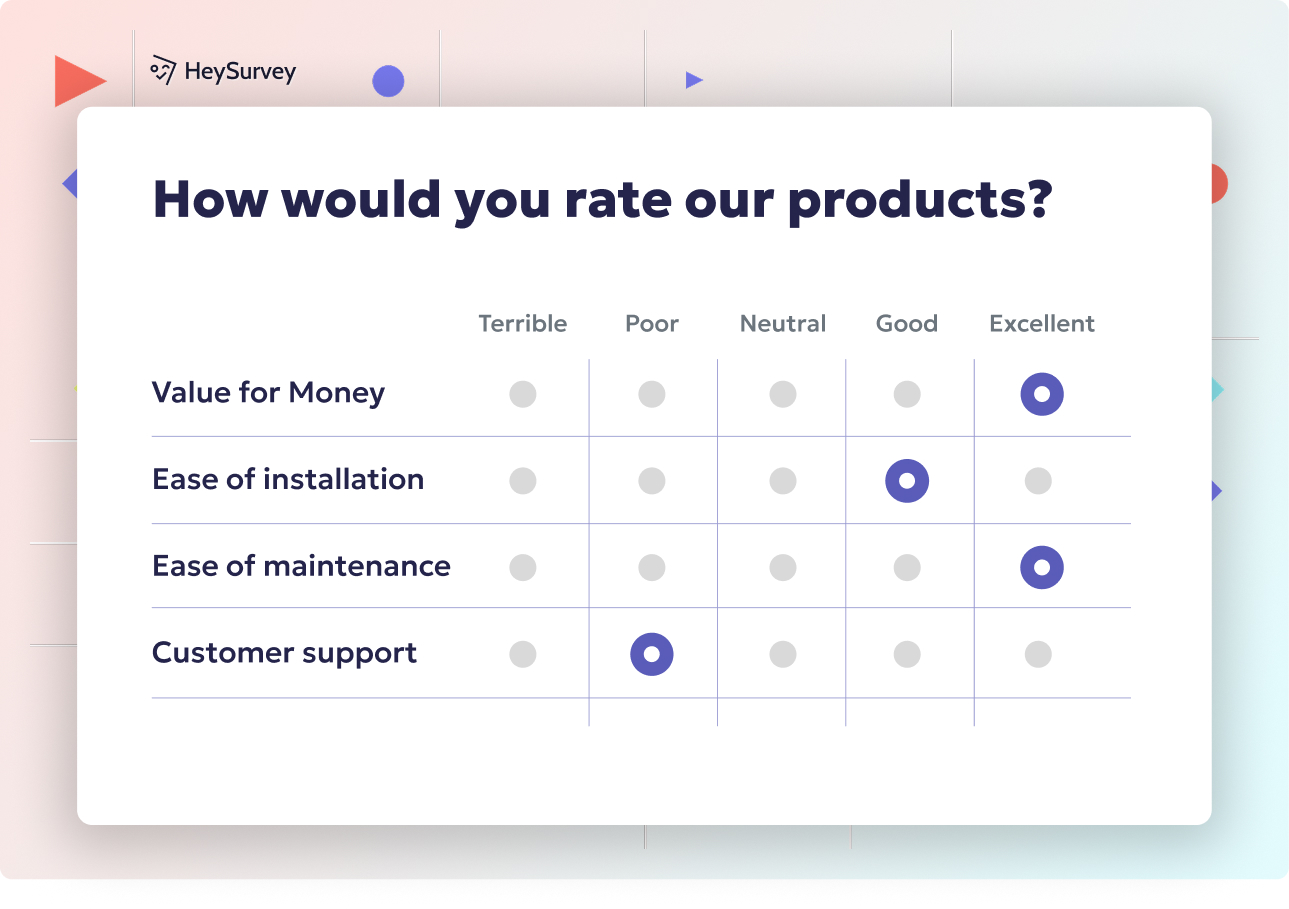32 Student Survey Questions: Types, Uses & Winning Examples
Explore 28 essential student survey questions with examples across 8 types to enhance feedback, engagement, and campus success.
Student survey questions are powerful tools that schools use to shape the learning experience. A well-crafted student feedback survey can spotlight what works, reveal stumbling blocks, and highlight opportunities for change. Schools often send a survey for students at important times, like the midpoint of the semester, end-of-term, or strategic annual reviews. In this article, you’ll discover the eight core types of student questionnaire—and why they matter. Pairing each with clear objectives, and actionable follow-ups, means your surveys can truly make an impact for learners and institutions alike.
Course Feedback Surveys
Why & When to Use This Type
Course feedback surveys are a direct route to real-time insight into the classroom. They peel back the curtain on course structure, the speed of lessons, material effectiveness, and even the fairness of assessments. When students are asked specific questions about these areas, it creates a goldmine for continuous improvement.
Schools usually roll these surveys out in two key waves. Mid-semester is the perfect moment—the feedback comes in when there’s still time to make changes that help current students. The end-of-course deployment, meanwhile, is invaluable for long-term reflection and curriculum tweaks. Both uses also help tick boxes for accreditation requirements and institutional KPIs.
The magic happens when scores and comments don’t gather dust. Instead, instructors and administrators review them quickly. This lets teams fix issues, clarify confusing materials, or upgrade assessments while memories are fresh.
If you want to supercharge your results, remember: - Tie each survey to a clear objective (like improving lesson materials) - Follow up with students to show how feedback was used - Share changes, even small ones, to keep trust high
Sample Course Feedback Questions
How clearly are the course objectives explained?
Rate the usefulness of assigned readings.
Which topics felt rushed or under-explained?
How fair was the grading rubric?
What one change would most improve this course?
A great course feedback survey does more than collect data. It opens a two-way street where students feel heard, and instructors gain clarity for meaningful growth. Done well, everyone’s learning journey gets a little brighter.
Student course evaluations are modest indicators of teaching effectiveness, often influenced by factors like grading leniency and class size. (emory.edu)
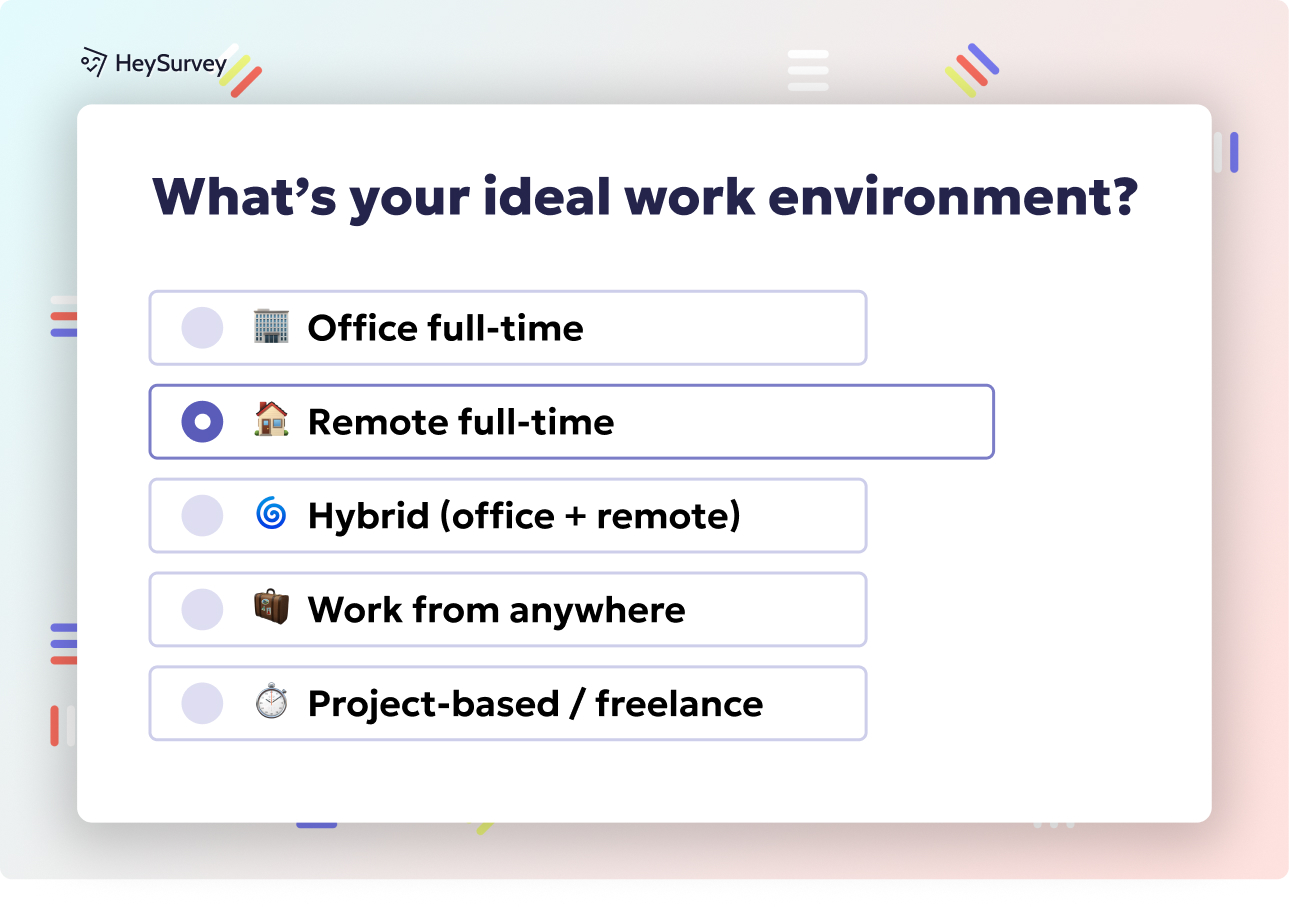
Creating your student survey with HeySurvey is a breeze—just follow these three easy steps to get your feedback rolling!
Step 1: Create a New Survey
Head over to HeySurvey and start a new survey. You can jump in with an empty sheet if you want to build from scratch, or pick a pre-built template for your specific survey type—like course feedback or mental health. Templates come with handy starter questions, so you’re not facing a blank page. Once you pick or create your survey, give it a clear internal name to keep things organized.
Step 2: Add Your Questions
Now it’s time to tailor the survey by adding questions. Click the Add Question button at the top or between existing ones. Choose from question types like multiple choice, scale (perfect for rating), or text input. For student surveys, a balanced Likert scale is your friend—it’s easy for students and super insightful. Remember to write simple, neutral questions and mark important ones as required, so no critical feedback slips through. You can add images or descriptions to clarify when needed. Want to get fancy? Use branching to ask different follow-ups based on answers!
Step 3: Publish Your Survey
Once your questions are set, hit Preview to see your survey as students will. Make sure it looks sharp and runs smoothly on mobiles (because students love their phones). When you’re happy, click Publish—just a heads-up: you’ll need an account for this. Publishing unlocks a shareable link to send out and start collecting responses. You can also embed your survey in your school’s website or LMS.
Bonus Step A: Apply Branding
Make your survey feel truly yours by adding your school’s logo and colors in the Designer Sidebar. Custom fonts and backgrounds can make the experience friendlier and more engaging for students.
Bonus Step B: Define Settings
Head to the Settings Panel to set start and end dates, limit the number of responses, or add a URL to redirect students after completion. You can even enable respondents to view some live results if that fits your vibe.
Bonus Step C: Skip into Branches
Want to personalize paths within your survey? Use branching to guide students to different questions based on their answers. For example, if a student says they’re unfamiliar with counseling services, you can show a follow-up question with resource info. Branching keeps surveys relevant and less overwhelming.
Ready to get started? Click the button below to open your tailored student survey template in HeySurvey and make your voice heard!
Instructor Feedback Surveys
Why & When to Use This Type
Instructor feedback surveys spotlight what really happens at the front of the classroom. They reveal how well instructors connect, communicate, and manage the learning environment. Feedback collected right after a big assessment or at the semester’s end is perfect for faculty reviews and supporting professional development.
These surveys help schools measure the intangibles—things like teacher approachability, clarity, and the spark that gets students to participate. The results? Instructors see where their strengths truly lie, and where a small shift can level up student engagement.
Let’s face it, even rockstar teachers can have blind spots. Regular instructor surveys: - Give students a voice, making them partners in classroom improvement - Provide admins a way to celebrate great teaching or nudge growth - Support a culture where feedback is normal, not scary
Pairing survey results with workshops, coaching, or peer observation can turn one comment into a much bigger ripple of change.
Sample Instructor Feedback Questions
How approachable is the instructor outside class?
Does the instructor connect course content to real-world examples?
Rate the clarity of lecture delivery.
How effectively does the instructor encourage participation?
What could the instructor do differently to support your learning?
These targeted questions help instructors and institutions zero in on what truly matters—creating engaged learners and inspiring teachers.
Research indicates that student evaluations often fail to accurately measure teaching effectiveness, as they primarily reflect student satisfaction rather than actual learning outcomes. (uta.edu)
Campus Facilities & Services Surveys
Why & When to Use This Type
If you want to know how students really feel about campus life, facilities and services surveys are the key. These surveys dig into the nuts and bolts: library hours, lab equipment, dorm cleanliness, Wi-Fi strength, and even what’s in the dining hall. When students rate these elements, you get instant clues about where resources should go.
The best times to issue these surveys are during annual budget planning or right after a major facility upgrade. They help schools calculate return on investment, and make sure that renovations actually improved daily student life—rather than just looking shiny in marketing photos.
Frequent facility surveys bring other perks, too: - Catch hidden problems before they turn into campus-wide grumbling - Spot quick wins for student satisfaction, like more power outlets or fresher food options - Ensure everyone, including students with disabilities, feels included
Making the survey results public, paired with an action plan, can help build campus trust.
Sample Facilities Questions
How would you rate the cleanliness of residence halls?
Is campus Wi-Fi reliable in academic buildings?
How easy is it to find healthy food options on campus?
Do study spaces meet your noise and seating needs?
What additional facility improvements would you prioritize?
When facilities truly support student success, learning can blossom—and so can school spirit.
Student Mental Health & Well-Being Surveys
Why & When to Use This Type
A thriving school isn’t just about grades—student mental health and well-being surveys help keep tabs on how learners are really doing. Life at school can be intense, so these surveys are crucial for spotting stressors and making sure students know where to turn for support.
The smartest time to run these surveys is during high-pressure weeks: think midterms, finals, or the end of a particularly tough semester. This allows for timely tweaks to counseling programs and campus resources, turning points of struggle into chances for care.
Strong well-being surveys: - Uncover emerging wellness issues before they get overwhelming - Help shape campus workshops, peer support programs, and outreach - Signal to students that their mental health matters
Sharing survey findings (anonymized, of course) and updating students on new resources can build a campus culture that puts well-being up front.
Sample Mental Health Questions
How often have you felt overwhelmed in the past month?
Do you know how to access counseling services?
Rate your current sleep quality.
Which campus resources help you manage stress?
What additional mental-health support would benefit you?
When students feel supported emotionally, remarkable things can happen both inside and outside the classroom.
Student surveys are crucial for understanding mental health trends, enabling schools to allocate resources effectively and implement targeted interventions. (cdt.org)
Engagement & Extracurricular Interest Surveys
Why & When to Use This Type
School is much more than tests and textbooks—engagement and extracurricular interest surveys help programs match what really makes students tick. These surveys dig into clubs, sports, events, and volunteering. Discovering student passions early helps boost retention and makes the campus feel like home.
The start of the academic year is an ideal survey time, setting the stage for a vibrant activity calendar. A quick follow-up mid-semester helps track what’s working, and see where energy is fading. When students spot new opportunities based on their interests, they’re more likely to stick around—and shine.
High-quality engagement surveys: - Map untapped student interests, making sure every club or event has an audience - Identify barriers to participation, like poor communication or scheduling conflicts - Empower planning teams to be creative, agile, and student-driven
Survey results can be used to launch new clubs, refine event offerings, or update how activities are promoted.
Sample Engagement Questions
Which extracurriculars are you currently involved in?
What new club would you join if offered?
How satisfied are you with campus event variety?
Rate the communication about upcoming activities.
What prevents you from attending more events?
When engagement blooms, everyone wins—students, staff, and the entire campus community.
Career Readiness & Internship Surveys
Why & When to Use This Type
Getting ready for life after graduation is a big deal. Career readiness and internship surveys put a spotlight on how prepared students feel for launching their careers or landing those critical first internships. When schools know where confidence is lagging, they can tailor programs to close the gap.
Deploying these surveys just after career fairs, at the end of internship cycles, or as part of a yearly check-in means you’re always in sync with student needs and market trends. Graduates want proof that their school opened doors—and institutions want to show return on investment.
A few more reasons to love these surveys: - Clarify which career skills need more focus, from résumés to interviews - Track satisfaction with career services, ensuring students get the guidance they need - Surface top industries or companies students are hoping to join
When students share what worked (and what didn’t) from their internships, the next batch can be better prepared.
Sample Career Readiness Questions
How confident are you in writing a professional résumé?
Which career skills would you like more training in?
Rate your satisfaction with career-services appointments.
Did your internship align with your academic major?
What employer industries interest you most?
By staying attuned to career readiness, schools nurture graduates who are work-ready, well-networked, and optimistic about the future.
Diversity, Equity & Inclusion (DEI) Climate Surveys
Why & When to Use This Type
Safe, welcoming campuses don’t happen by accident. Diversity, Equity, and Inclusion (DEI) climate surveys are schools’ compass for understanding how students experience belonging, fairness, and representation. These surveys measure not just policy, but the lived reality for every student.
It’s wise to run a DEI survey at least once a year, and after big policy changes, to gauge progress. Students’ answers can surface subtle issues—from microaggressions to curriculum gaps—that bluntly-written policies might miss.
The perks of regular DEI surveys: - Highlight strengths and successes, supporting a positive culture shift - Show exactly where to focus next: workshops, policy changes, or improving reporting - Give marginalized student groups a clear, confidential voice
Schools that act on these survey findings build trust and often earn a reputation for being truly inclusive.
Sample DEI Questions
Do you feel a sense of belonging at this institution?
How often do you witness or experience bias on campus?
Rate the diversity of perspectives in your classes.
Are university policies transparent about discrimination reporting?
What initiatives would enhance inclusivity?
A healthy DEI climate illuminates blind spots—and ensures that every student can thrive.
Best Practices / Dos & Don’ts for Crafting Student Survey Questions
Creating an effective student questionnaire is as much an art as a science. How to write effective student survey questions is the difference between true insights and a muddle of half-useful data. Every detail—from language, to length, to what happens after—shapes your results.
Do: - Use neutral, clear language. No jargon or confusing terms. - Stick to a balanced Likert scale so responses are unbiased. - Guarantee anonymity for candid responses. - Always pilot test surveys before school-wide rollouts. - Link every question and section to actionable goals for improvement.
Don’t: - Avoid double-barreled questions (e.g., “How was the food and Wi-Fi?”). - Drop leading language—let students speak for themselves. - Nix mandatory long-answer fields; keep it optional. - Never over-survey—students will start ignoring them. - Don’t ignore feedback; always report “you said, we did” to students.
Some expert tips: - Keep surveys to less than 10 minutes—attention drops fast. - Design for mobile-friendliness for on-the-go response. - Always close the feedback loop by sharing what’s changed, even if it’s small.
Students are far more likely to participate, and respond thoughtfully, if surveys are painless and it’s clear their voice truly matters.
Conclusion
Student survey questions are essential for building better learning environments. When crafted well, they guide everything from curriculum improvements to campus inclusion. Treat feedback as a partnership—ask, act, repeat—and watch your school community thrive. Make every student feedback survey a stepping stone to a brighter, more connected academic journey. The future of learning is listening.
Related Student Survey Surveys
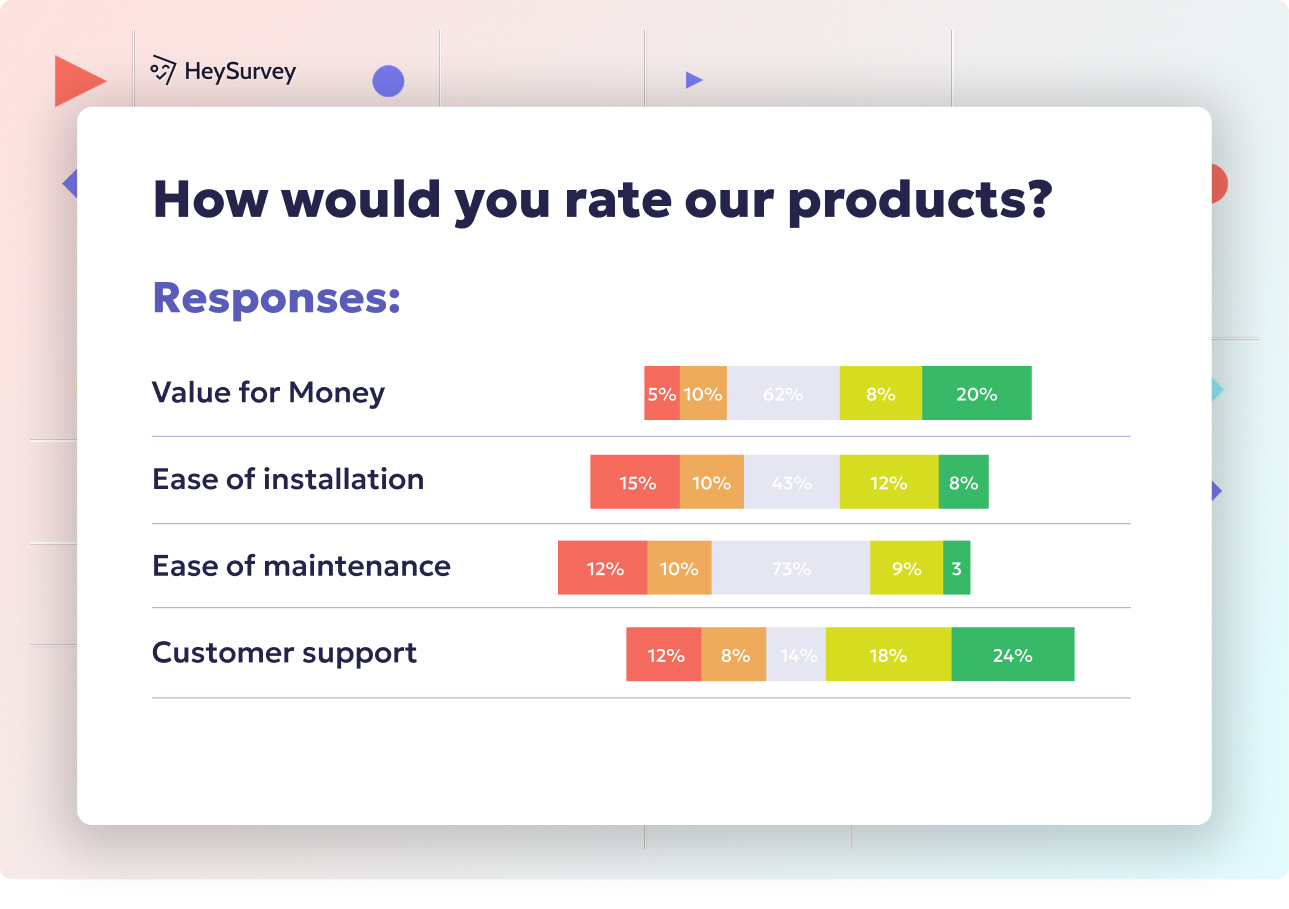
31 Survey Questions Examples for Students to Improve Learning
Discover 28 survey questions examples for students across 6 key types to boost engagement, feedba...
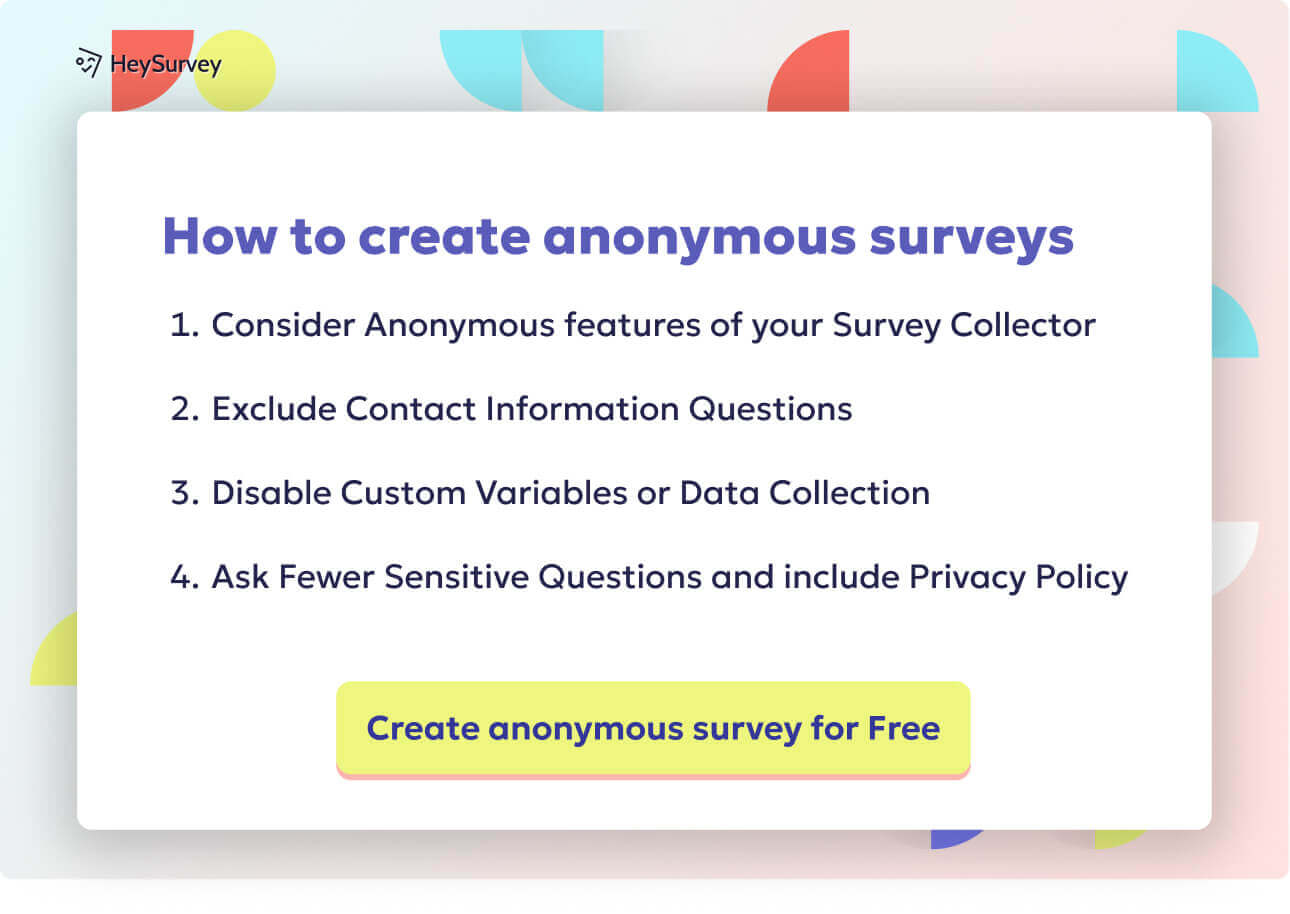
29 Class Survey Questions: Proven Templates for Every Stage
Discover 40+ proven class survey questions with detailed templates for every course stage to boos...

30 Survey Questions for Students: 6 Types & When to Use Them
Explore 6 powerful survey types with 30+ sample survey questions for students to boost engagement...

